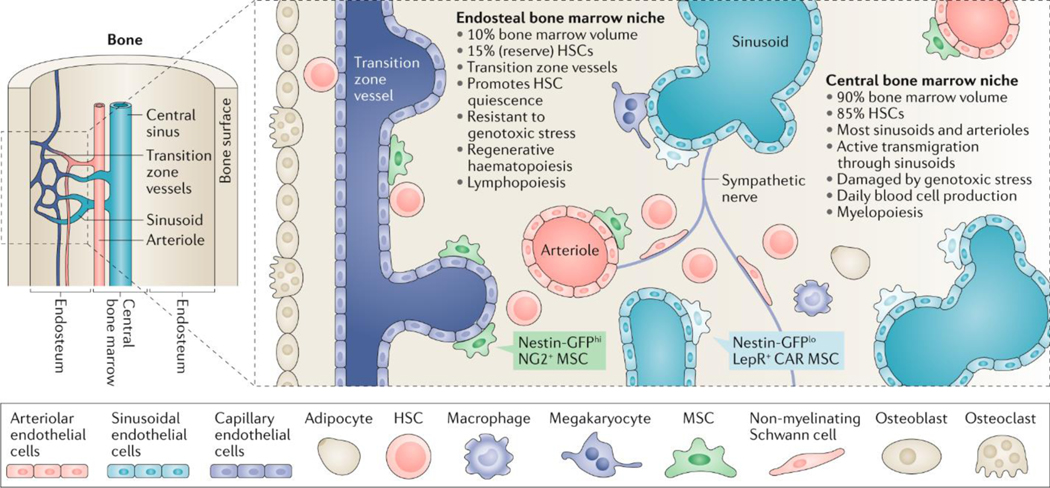Fig. 1: Main features of anatomically-defined haematopoietic stem cell niches in the mouse bone marrow.
Schematic summarizing the key cell types and functional features of the central and endosteal bone marrow (BM) niches of haematopoietic stem cells (HSCs). Mesenchymal stem cells (MSCs; also known as mesenchymal stem and progenitor cells) give rise to bone-forming cells (osteoblasts) and fat cells (adipocytes), whereas bone-resorbing cells (osteoclasts) share a monocytic origin with macrophages. Nestin-GFPhi neural–glial antigen 2 (NG2)+ MSCs are associated with endosteal transition zone vessels and arterioles located throughout the BM, whereas Nestin-GFPlo leptin receptor (LEPR)+ CXC-chemokine ligand 12 (CXCL12)-abundant reticular (CAR) MSCs are associated with sinusoids in the central BM. Sympathetic nerve fibres regulate the migration of HSCs through the sinusoids. Different MSC subpopulations, endothelial cells, non-myelinating Schwann cells and megakaryocytes might contribute to regulate the balance between HSC proliferation and quiescence during daily or regenerative haematopoiesis. Changes in specialized BM niches might directly affect myeloid versus lymphoid output, and the imbalanced production of mature haematopoietic cells at specific niches might, in turn, remodel the local microenvironment for these cells. During ageing, the landscape of the mouse HSC niche changes substantially. Specifically, the central niche expands with morphological and functional changes including an increase in noradrenergic fibres, capillaries with Nestin-GFP+ MSCs, HSC proliferation and myelopoiesis. By contrast, the endosteal niche and its associated components and functions are reduced with concomitant decreases in transition zone vessels and arterioles, HSC quiescence and self-renewal, resistance to genotoxic stress, regenerative haematopoiesis and lymphopoiesis.

